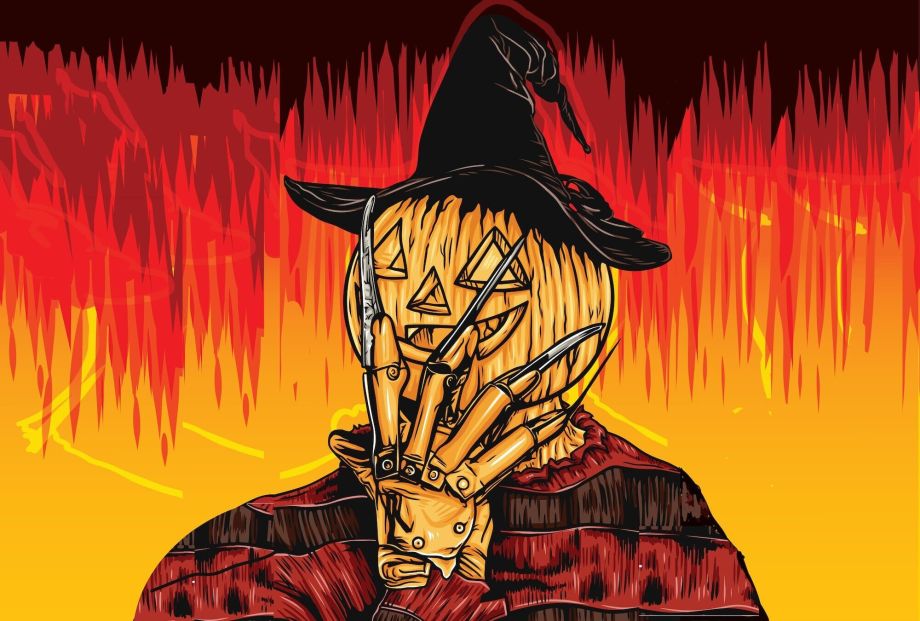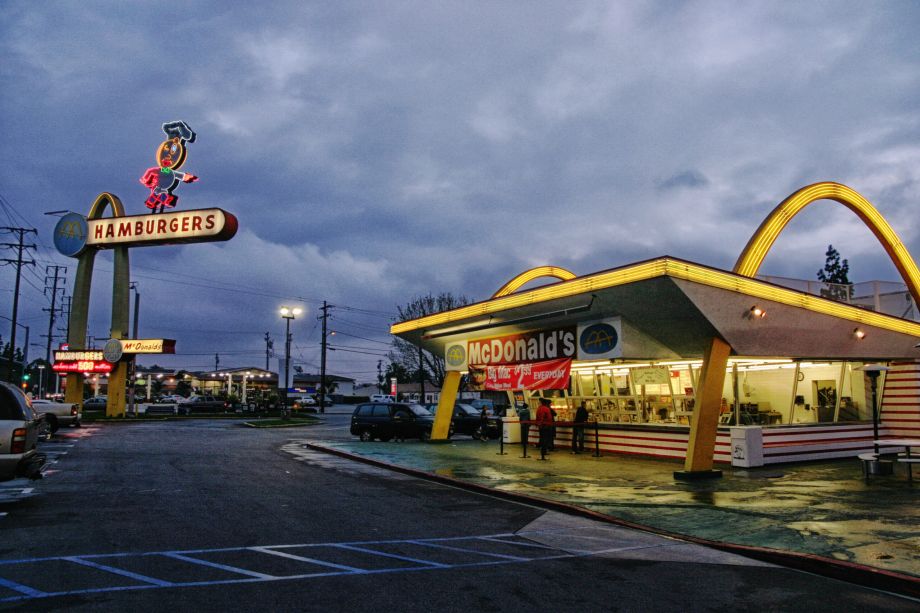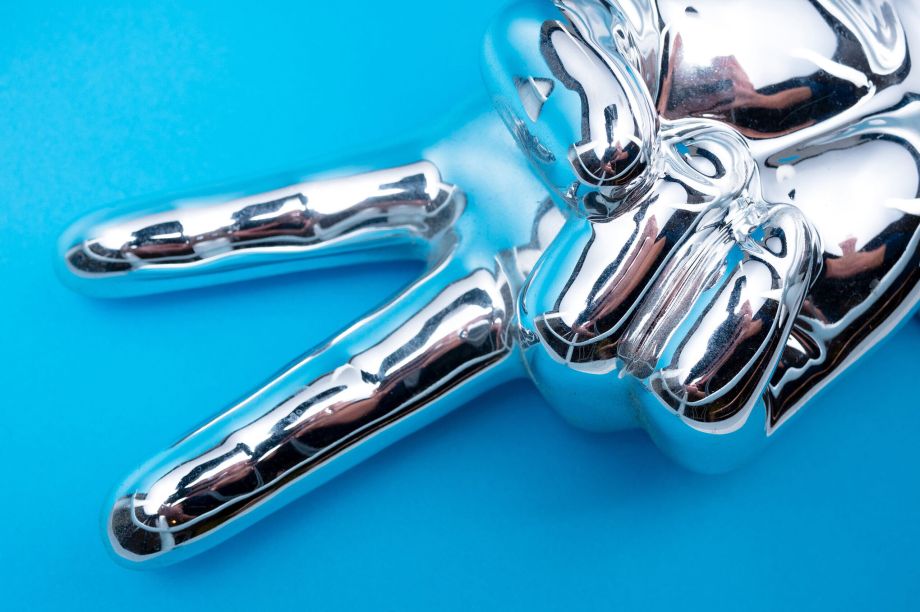“there is no substitute for guts”
— Paul Bear Bryant
Engage. Inspire. Motivate.
Let us engage you on a journey through a world of creative, inspirational storytelling that motivates us to expand our minds, build on our experiences and humanize the branding process.

Master of Horror
Tobe Hooper was one of the most influential horror directors of the 20th century.
Many in and out of the industry widely considered his 1974 directed film, The Texas Chain Saw Massacre, to be regarded as one of the most notable and most i…

The Personality of Branding
Pinpoint your Personality!
The one thing that pretty much every company needs is branding. Without it, you’re running around in the dark, hoping somebody buys your product/service while having no idea who they are or why they would want t…

You Just Can’t Measure Great Marketing… On wait, Yes You Can!
“Can a great job of marketing be measured?” Measure great marketing sure, it’s possible to measure and perform an ROI analysis on your marketing efforts, and we will be looking at some ways we can do this. Measure the rate of return on your…

A Master of Horror: Wes Craven
The Nightmare is a horror film that was released in 1984. Wes Craven starred as the director of this trendy movie set on a fictional street named Elm, in a fictional town.
Several teenagers are being killed in their dreams by an unknown…

Brand Strategy That is Still “McRelevant” Today
More so than the Big Mac, the Egg McMuffin, or those famous fries you just can’t keep your hands off, the most iconic part of the McDonald’s franchise and brand strategy as a whole is the “Golden Arches.” Sure, their signature selectio…

Building a Brand? Don’t go for second best.
Are you building a brand? Branding; by official definition is the promotion of a particular product or company by means of advertising and distinctive design. Far more than this, though, a brand represents a clear identity of your company to…